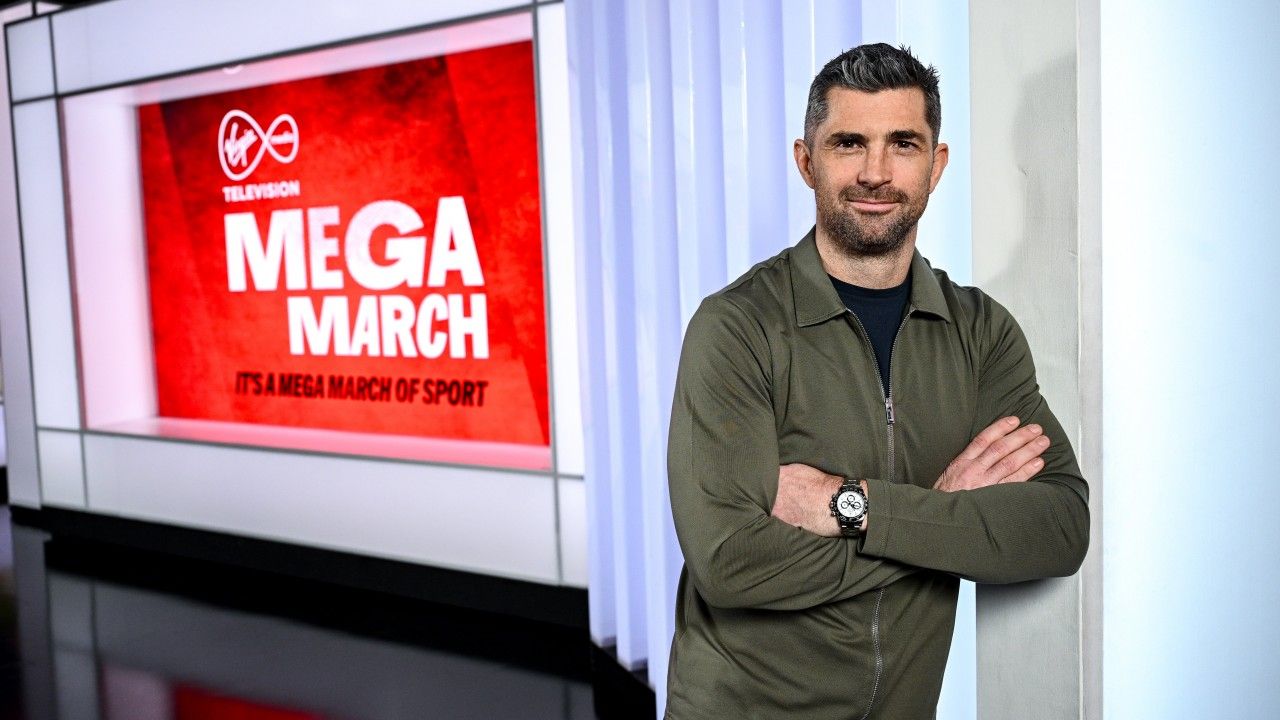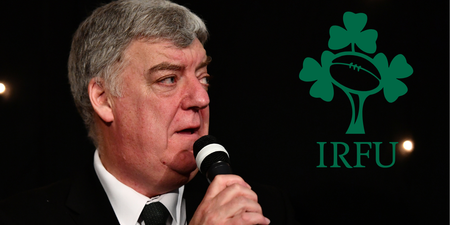Live by the box-kick, die by the box-kick.
Lindsay Peat was down in Ballincollig RFC clubhouse, down in Cork, watching the TV as Conor Murray lined up a clearing box-kick, with the clock winding down at Twickenham. “I’m not a back,” she reflected, “but why not put the ball up your jumper?”
Peat, the former Leinster and Ireland prop, was not the only viewer asking why the scrumhalf opted to kick possession away. Ireland were two points up, at the time, but inside their own 22. The likelihood – as much as Murray copped flak for England’s late win – is that he was following a pre-ordained team tactic, in such a position.
As Jack Crowley had missed his conversion after James Lowe’s try, it left England knowing they could win with a late penalty or drop goal. They could score a try, too, but Ireland had more to worry about because of the narrow margin of their lead. Wary of referees that, taking from the Nigel Owens school of thought, are not fans of teams going through the phases to wind down the clock, Murray kicked for touch. England won their lineout and were right on Ireland’s try-line, with a penalty coming, after only two attacking phases. Marcus Smith eventually won it, with a sweet drop goal, as the clock ticked 80:32.
Murray could have taken even more time out of the clock and kicked longer – or even opted for distance over finding touch – but many of his teammates did him no favours with their oddly lacking defence.
We caught up with former Ireland fullback, Rob Kearney as he helped promote Virgin Media’s ‘Mega March’ of live sport. Kearney talked through that late Murray decision to kick the ball for touch. “You have three options,” he mused.
“Kick for touch, kick for distance, or you hold on to the ball for 90 seconds and try and play it out of your own half. Referees are hot in that area, if they see you trying to kill the clock. They’ll be looking for infringements, guys going off their feet or sealing off. I think the decision to kick was the right one. It might have been better to kick 50 or 60 metres, down the middle of the field and get a good kick-chase. Get England to try play out of their own half. It’s easier to score from 60 metres than 30 metres out.”
“England ran a very good lineout,” he added, “and got to the edge quickly and out us under pressure. Then, a bit of poor decision-making and a couple of defensive errors in that phase of play just allowed them to get closer and closer – when you’re 10 metres out, you start making some silly mistakes and decisions that you might not normally make.”

Johne Murphy on Conor Murray and that late kick
On the latest House of Rugby, Lindsay Peat and former Munster star Johne Murphy gave their take on that late box-kick call, and explained there was more to it than Conor Murray going solo.
“This is the time where you really slow the ball down, go through the phases and just wait until 80 minutes, then kick the ball out,” said Peat. “That was a consistent theme for Ireland (on Saturday). Every time there was a big decision to be made, we faltered under the pressure.”
Murphy argued, from the perspective of a former back, that trying to run the ball out from Ireland’s 22 was equally risky. “You’re gonna struggle to play out for the final two minutes, there,” he said, “because referees are really hot on the side entry and Ireland were only two points up.
“The kick is okay but, for me, the maul is the start off (point). The lineout had steadied itself when Rónan Kelleher came on. Iain Henderson had come on, the calls had been good and we were 100% when Henderson was on the pitch. The big thing there is, why not maul and see what happens then? Get a penalty or just control the clock a bit more.
“But playing off the tail, I didn’t understand that. Doris is at nine, he goes up, then Ryan Baird plays to Jack Conan in the middle of the park, in his own 22. I don’t understand why they would’ve played that. Then, when you get inside the 15, you don’t really want to be box-kicking there. You probably want to be going back to your 10 as there is a little more of an angle there, and time. I know you are back a further 10 metres but you are hoping that Jack Crowley can land the ball on the half-way line. Or you run to where James Lowe can kick off his left foot. But why not maul the ball there?
“I personally think you have to kick the ball there,” Murphy added, “just the way the referees are at the moment… It’s a phase call that is being called by your 10 (Crowley) there, in the set-up. Your lineout is called, five-plus-one and Doris goes in to lift when the ball is in the air. They play to the 15 – it’s not really the correct angle there and they didn’t even give Murray enough time, at the ruck, to take another step and go further.”
For Murphy the collective Ireland defence must carry a fair heft of the bag for how easily England scythed into their 22. “Within two phases, they are on our five-metres line… that’s not good enough and not what you expect from an Irish side.”
So, there you have it – Rob Kearney, Johne Murphy and even former Ireland captain Donal Lenihan, coming to the defence of the under-fire Conor Murray. The Munster man would tell you himself that he could have executed better but he was not the cause of the problem, merely a part of it.
Ireland will need to improve on their decision-making against Scotland, but Gregor Townsend’s side will be keen to ramp it up.
WATCH HOUSE OF RUGBY, WITH LINDSAY PEAT & JOHNE MURPHY
*Join SportsJOE’s WhatsApp community for first access to news, sports updates, and quizzes. Click on this link to receive news and the latest sports headlines directly to your phone. You can leave the group at any time.




















































